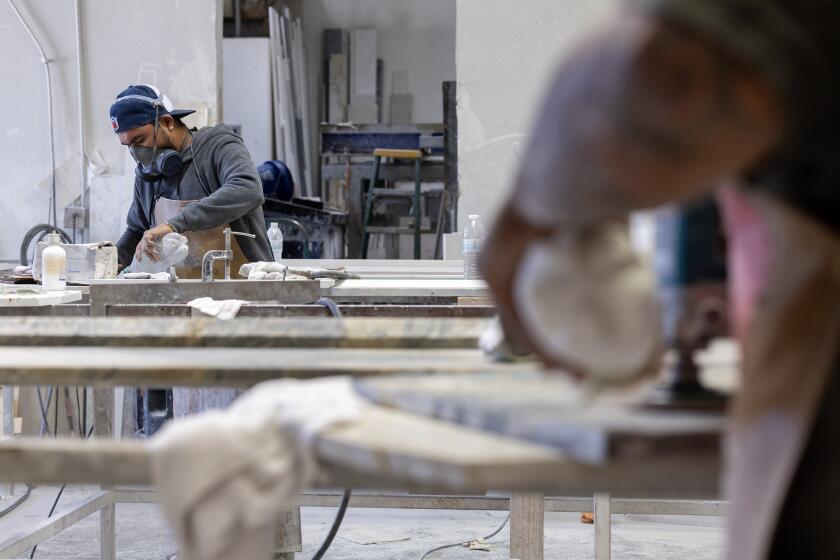San Diego police to continue using gunshot detection system, despite some criticism

ShotSpotter, which uses a network of audio sensors to determine where and when shootings take place, was installed in four San Diego communities in November 2016 — Lincoln Park, Valencia Park, O’Farrell and Skyline. (John Gibbins)
After a yearlong pilot program, the San Diego Police Department has decided to stick with a gunshot detection system that automatically informs officers of shootings, even if no one calls them in.
ShotSpotter, which uses a network of audio sensors to determine where and when shootings take place, was installed in November 2016 in four San Diego communities — Lincoln Park, Valencia Park, O’Farrell and Skyline.
Police leaders said the system has allowed officers to respond more quickly to shootings and has provided information that helps officers stay safe. In its first year, the system cost $254,000, paid for with asset forfeiture funds. It is expected to cost $235,300 in its second year.
Once sensors pick up the sound of gunfire, the noise is sent to a review center in Newark, Calif., where a trained professional determines whether it is a shooting. If it is, information about the incident is sent directly to officers in the field, including a precise location, whether there was more than one shooter and whether the gun used was semi-automatic or automatic.
The technology is used in more than 90 cities worldwide, including New York, Milwaukee and Miami.
Police leaders said the system enables officers to respond to shootings they may not have known about otherwise. Out of 131 instances of gunfire detected by the system, only 23% were also reported by community members.
San Diego police Capt. Terence Charlot told a city public safety committee Wednesday that the system helped the department provide “improved and efficient response to potentially violent instances of gunfire” in the community.
But some residents who have long been critical of the system voiced concern about the technology, saying it may lead to over-policing in communities of color and arguing that it hasn’t been particularly effective in catching criminals or solving crimes.
They also said the system was installed with little to no community input.
“This does not connect you to community in a way that builds trust,” said community member Tasha Williamson. “This had no community buy-in before it was implemented and extremely little to continue.”
Police officials said they started giving regular updates about ShotSpotter data at neighborhood meetings and that the feedback they’ve received has been largely positive.
Charlot said officers found evidence of a shooting at 21 of the 131 incidents picked up by ShotSpotter last year. In the other cases, no evidence — such as bullets, casings or victims — was recovered.
In two of the 21 cases, people were injured and those shootings were reported by community members, police said. Several other cases that involved property damage were also reported by residents.
Police said although they didn’t make arrests in most cases, they found evidence that may be helpful in future investigations.
Department officials said the system helped officers get to shooting scenes faster than when they are dispatched to a scene after a 911 call.
Calls reporting gun crimes are some of the most urgent that offers respond to, and are often labeled emergency or Priority One.
Charlot said it takes seven minutes, on average, for an officer to response to an emergency call. It takes about 11.5 minutes to respond to a Priority One call.
On average, it takes officers 4.5 minutes to get to a shooting picked up by ShotSpotter.
Several members of the public spoke out against the technology this week, some of whom took issue with the communities that were chosen, saying the system could lead to over-policing of communities with large minority populations.
Police officials said they chose those neighborhoods after researching which San Diego areas experienced a high percentage of gun crimes. The communities selected were high on the list and close to each other.
Winkley writes for the San Diego Union-Tribune.
More to Read
Sign up for Essential California
The most important California stories and recommendations in your inbox every morning.
You may occasionally receive promotional content from the Los Angeles Times.











